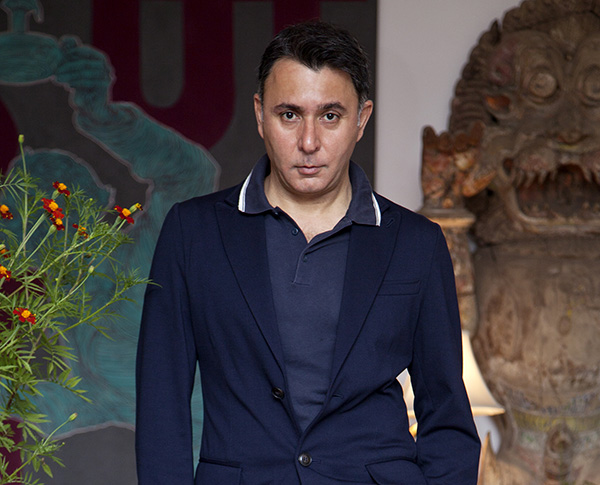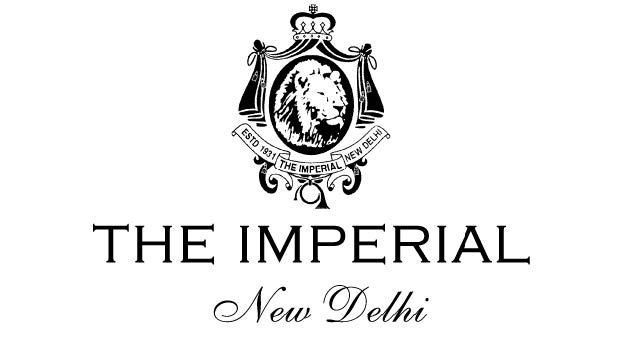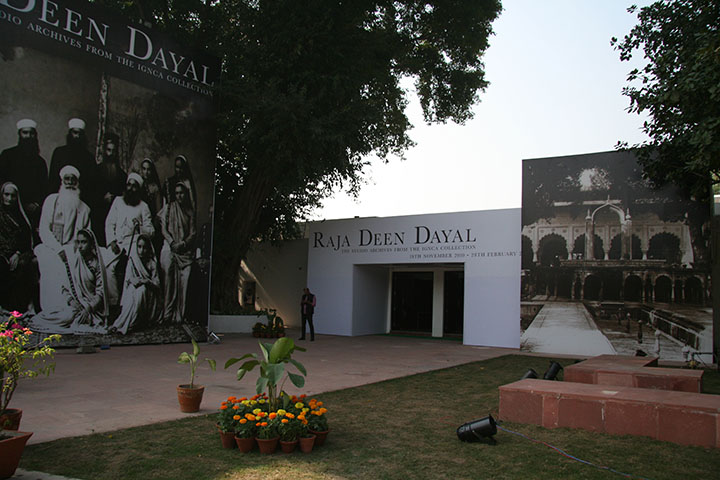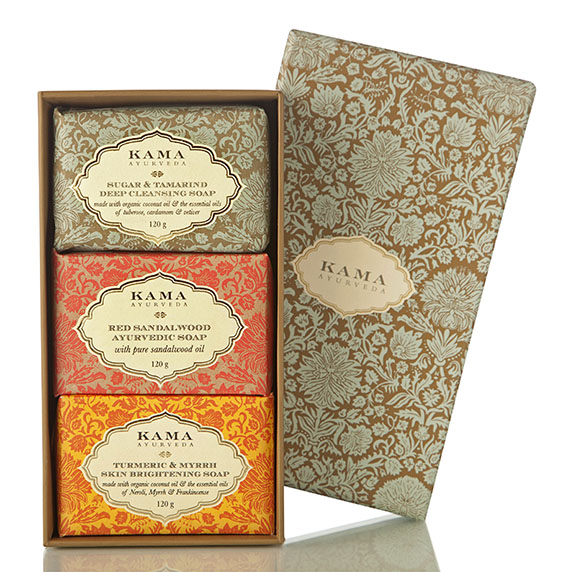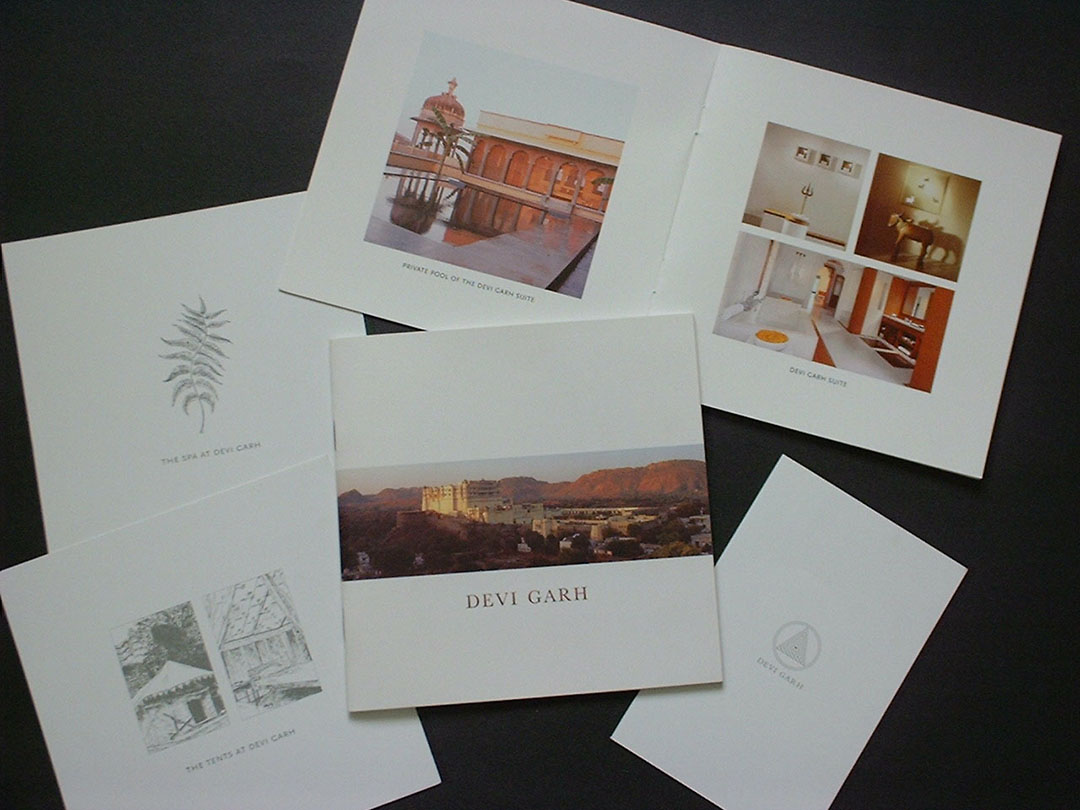Vivek Sahni has worked on creating corporate identity, graphics and packaging for several Indian luxury brands and believes that good design plays a vital role in differentiating a successful brand from a ‘also ran’.
Vivek Sahni
Much like art, graphics and design play a large role in how luxury brands are perceived. And the top name in the world of design, graphics and packaging in the hallowed world of luxury in India is Vivek Sahni Design.
Set up in 1993 by Sahni, a Parsons School of Design graduate, after he returned from New York, the design atelier has worked with several big luxury brands on corporate identity and packaging projects. With initial projects that include redesigning Inside Outside magazine, then the premier interior design magazine in the country, and MF Husains book’ Sansad Upanishad’, to creating new identity and graphics for The Imperial Hotel, New Delhi and the first ever Lakme Fashion Week, and logos and graphics for fashion designers Tarun Tahiliani, Rina Dhaka and Malini Ramani, the company has delicately balanced intuitive practicality with stunning design to produce work that is effective, focused and memorable.
The Imperial hotel logo designed by Vivek Sahni Designs
The company has worked with a series of blue chip clients ranging from The Hindustan Times, Moet Hennessey, DLF India, Rohit Bal, Apollo Tyres, The Aman New Delhi, The National Museum Store New Delhi, the Business India Group, Harper Collins and Random House India amongst many others. Recent forays into environmental design has seen Vivek Sahni Design work on the design and layout of the iconic Raja Deen Dayal Show at the IGNCA, New Delhi, the design of the first show at The Kiran Nadar Museum of Art, and now the Kama Store in Khan Market, which was designed in collaboration with Lotus Design.
In 1999 / 2000, the company worked on a concept project for the government involving the rebranding of khadi by creating a new identity for that woven fabric, which was once the symbol of India’s freedom struggle. This two year long project also saw the design studio become a member of the Planning Commission committee for the revamping and redevelopment of khadi. The venture, besides the projects involving rebranding and packaging Kendriya Bhandars and the Development Commissioner Handicrafts, offered the company incomparable experience.
Khadi Rajasthan Logo
The experience particularly helped while setting up Kama Ayurveda. Launched with a small range of retail products in 2001, besides a range of products that cater to luxury hotels like The Oberoi, The Park and The Aman, the brand now has a flagship store in Delhi’s Khan Market. The store was conceptualised by Sahni and Dave Chang, and designed by the award-winning Lotus Design.
Vivek Sahni Design is also a name synonymous with bespoke wedding cards. Recollecting his first foray, Sahni narrates, “Years ago, my friend Rohit Bal requested me to design a wedding card for one of his clients. We were flooded with orders after that and before we knew it, we were designing a lot of wedding cards.”
Sahni confesses that he is a ‘visual’ person and has always been drawn towards experimenting with surroundings and designing spaces. The initial three dimensional works done by the studio were mostly undertaken by his partner Dave Chang, who also conceptualised the event design for the launch of brands like Fendi, Gucci and Judith Leiber in India.
Raja Deen Dayal Exhibition
Here, Sahni tells us about the role graphics and design play in the luxury industry:
How important is good graphics and design while marketing a brand or in creating an identity for it?
Graphic design has a major role to play in the look and feel of a brand or product through design, advertising, packaging and all visual material. Good graphics can transform the way a product is perceived, and make the difference between a bestseller and an ‘also ran’.
Kama Ayurveda
Can you explain with some examples of the work you have done for some of the brands, like Kama Ayurveda.
Traditional ayurvedic products were packaged in cheap plastic bottles with ugly labels and since the oils were dark and strong smelling, it made the product inside look a bit dodgy. People bought the product when it was recommended by a doctor or someone known to them, to cure a specific issue. The stylish and elegant packaging with a distinctive vintage charm, made Kama Ayurveda products infinitely more desirable and the brand has a cult following.
Internationally, it is believed that design is the bedrock of the luxury industry. Do you think Indian luxury entrepreneurs also leverage design effectively?
Not effectively enough, as they do not understand the intrinsic value of good design. There has to be certain knowledge of what good design is, and if you do not possess that, at least have the vision to hire someone who does. A lot of people want to make that leap and hire a good design consultant, but are hampered by the fact that a lot of ‘luxury consultants’ are quite illiterate as to what actual design and branding is all about. Because of this lack of specialised knowledge in a relatively young market, a lot of Indian luxury companies have not been able to leverage design effectively.
What are your future plans? Anything exciting on anvil?
Designing and opening more Kama Ayurveda stores. Creating a line of objects and accessories, many of which are ‘one off’ due to the choice and use of unusual materials.
Devi Garh Logo and Marketing Collaterals
Tell us more about your wedding cards venture?
Our intricate wedding invitations transform special love stories and heirlooms into personlised works of art. From laser-cut paper that mimics lace to faux leather boxes, our studio adopts many techniques in its one-of-a-kind wedding stationery. For a royal family from Rajasthan, for example, an artist was commissioned to paint miniature wedding scenes that depicted the family palace and royal insignia. Another invite, made in collaboration with artist Farhan Mujib, featured an intricate cut-paper collage of the family home and heirlooms.
We have a strict made-to-order policy. We insist that clients share their wildest dreams. Stories are woven from vintage shawls, family heirlooms and personal art collections. Even the names of the bride and groom might spark a narrative for the wedding sets, which can include personalised favour bags, gift boxes and thank-you notes. The idea is to create wedding memorabilia with highest level of personalisation and functionality, so it becomes as a much a part of the guest’s life as the host’s.

